As someone in the furniture industry, I’ve seen how rising consumer demand, sustainability trends, and e-commerce growth create both challenges and opportunities. Managing inventory, schedules, and production efficiently is no longer optional, but it’s essential.
That’s why I recommend Hash Manufacturing Software, which helps furniture businesses like mine streamline warehouse management, production planning, and overall operations to stay competitive and profitable.
With HashMicro, I can easily automate scheduling, reduce production delays, and improve product quality to meet diverse customer expectations. Ready to simplify your furniture production process? Download HashMicro’s software pricing scheme to learn more and request a free demo!
Key Takeaways
|

Upgrading Inventory Management
As a producer of bespoke furniture, I know that stock management is a delicate balancing act. Having too much inventory or tying up too much capital in stock can seriously harm cash flow and require huge storage space.
To keep production lean and reduce the risk of shortages or excess inventory, I rely on a smart inventory management system that synchronizes stock levels with customer demand. By tracking both finished goods and raw materials, I can lower my cost of goods sold, increase sales, and improve my bottom line.
With real-time inventory tracking, I avoid overstocking items that don’t sell and running out of popular products. This makes managing inventory much easier and frees up my time to focus on growing other areas of my business.
For efficient e-commerce inventory management, I also look for features like multi-location tracking, real-time alerts, and integration with platforms like Shopify. That’s why I use HashMicro’s Inventory Management Software, which provides all these features in one solution.
Reducing Waste
The primary objective of lean manufacturing is to eliminate both physical and conceptual waste throughout the manufacturing process. This helps me manufacture high-quality items while cutting down on wasteful costs.
To embrace lean, I review your present practices and set realistic goals. Since one of the lean’s key concepts is continuous improvement processes, I focus on one target at a time before moving to the next. By automating processes, I can reduce inefficient material usage by 10% in the next year or enhance administrative efficiency by 20%.
Scheduling Management
For me, effective production planning and scheduling means ensuring that labor, equipment, inventory, and unfulfilled orders are all readily available. Planning improves resource usage by merging orders for similar furniture with the same components or equipment. A clear plan boosts communication between the shop floor, planners, and back office and reveals bottlenecks, capacity constraints, and workloads.
Planning production work and anticipating bottlenecks is key to delivering products on time and keeping happy customers. The following process flows also help me to maintain quality throughout the chain and avoid unnecessary delays. Keeping teams, equipment, materials, and suppliers in sync may be difficult without the correct production scheduling technology.
Also read: Get To Know About Manufacturing Industry: Definition & Types
System Automation

For me, efficient production scheduling starts with ensuring that workers, machines, supplies, and outstanding orders are always available. I can make better use of existing resources by combining orders for similar furniture that use the same components or equipment.
With a clear plan in place, everyone, from the production floor to planners and executives in the back office, stays on the same page, making it easier for me to identify bottlenecks, capacity limits, and heavy workloads.
Also read: Boost Your Furniture Retail Store Profitability in 5 Steps
Conclusion
Technology may help furniture manufacturers better manage production, but it can be difficult to determine ideal options. While standalone programs like CRM, IM, and PM serve specific purposes, I prefer ERP software such as HashMicro, which provides functions across multiple departments.
Even if installing the right system costs more upfront, I see it as an investment that pays off in the long run. For me, it’s more important to pick a system that can grow with my business than one that only meets today’s needs. That’s why I always evaluate scalability and flexibility before deciding.
With HashMicro Manufacturing Software, I can calculate pricing tailored to my needs and even try a free demo.
Warning: Undefined array key "med" in /home/hashmicr/public_html/blog/wp-content/plugins/insert-headers-and-footers/includes/class-wpcode-snippet-execute.php(419) : eval()'d code on line 281

Frequently Asked Questions
-
Which software is used by manufacturers?
Enterprise resource planning (ERP) software, customer relationship management (CRM) software, manufacturing execution systems (MES) software, and quality management systems (QMS) software.
-
How is AI used in the furniture industry?
AI can assist furniture manufacturers with automated workflows, inventory forecasting, and enhanced logistics. Businesses can use the technology to anticipate demand and speed up production to ensure they have available inventory at the right time.
-
Which software is used for furniture design?
Popular furniture design software includes professional CAD tools like SolidWorks and Fusion 360, general 3D modelers like SketchUp and Rhinoceros 3D, and specialized programs such as Sketchlist 3D for woodworking.














